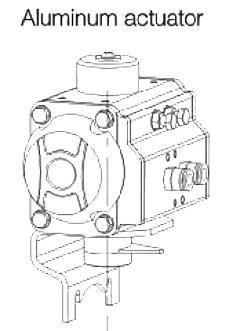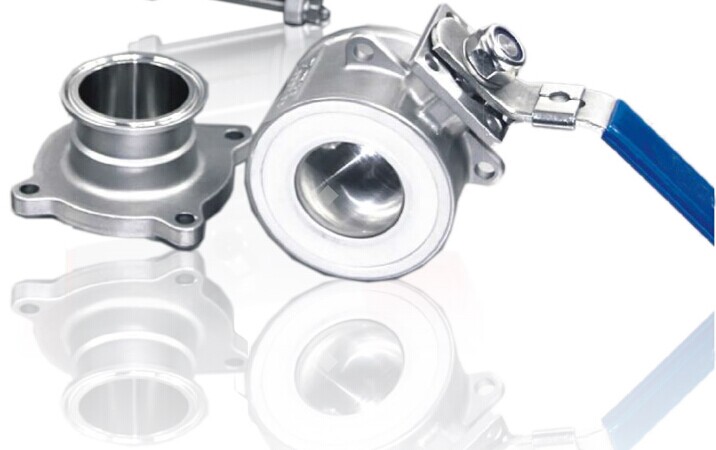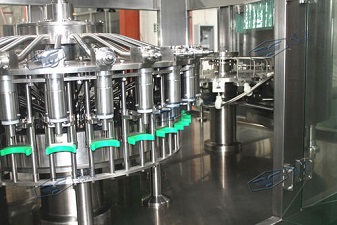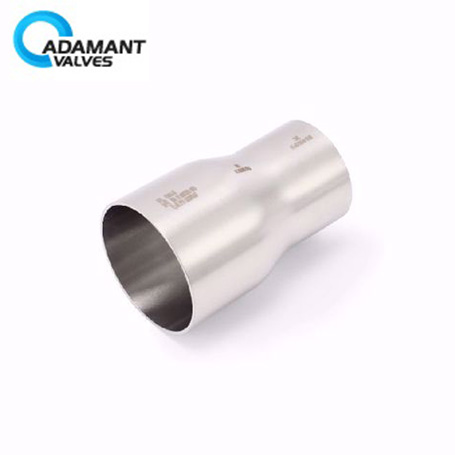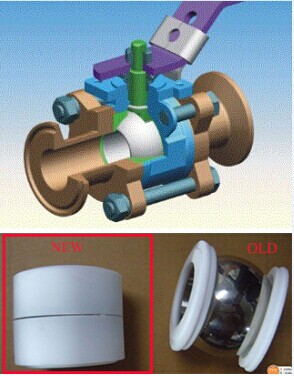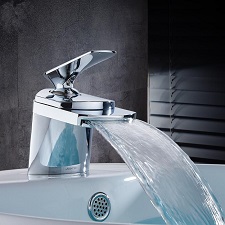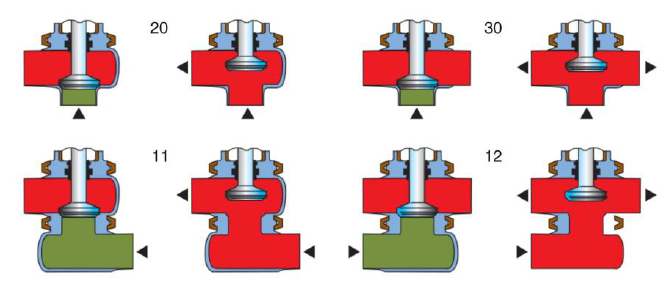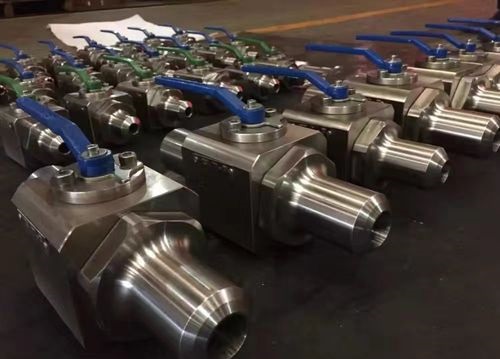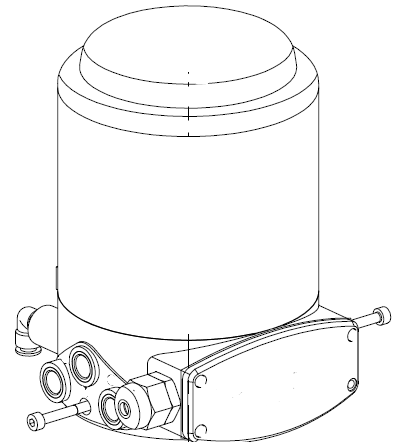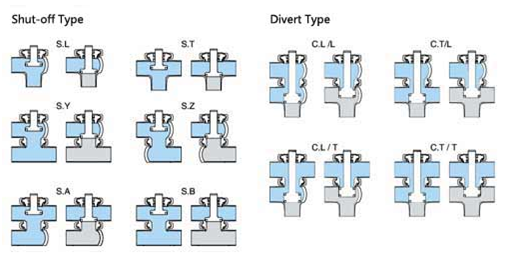Author: root
What Should You Know About Sanitary Diaphragm Valves?
Sanitary diaphragm valve is a special form of cut-off valve. It’s opening and closing parts is a diaphragm made of soft material to separate the inner chamber of the valve body from the inner cavity of the cover and the driving parts. Sanitary diaphragm valve is widely used in hygienic winemaking, dairy products, beverages, and other […]
Read moreMain Applications of Nine Valves
1. Valves for petroleum installations * Oil refining equipment Most of the valves used in oil refining equipment are pipeline valves, mainly including gate valve, globe valve, check valve, safety valve, ball valve, butterfly valve, and trap valve. Gate valve demand accounts for about 80% of the total number of valves (valve accounts for 3% […]
Read moreThe Selection of Pneumatic Valves for Food Industry
What valve is used in the food industry? When it comes to food processing, one of the most commonly used valves on the market to use is a solenoid valve. Many solenoid valves are designed to withstand humid and corrosive environments and extreme room temperatures. The Selection of Pneumatic Valves for Food Industry Pneumatic valves used […]
Read moreWelding Measures of Sanitary Fittings
High-temperature crack The high-temperature cracks mentioned here refer to the cracks related to welding. High-temperature cracks can be roughly divided into solidification cracks, microcracks, HAZ (heat affected zone) cracks and reheating cracks. Low-temperature crack Low-temperature cracks sometimes occur in martensitic stainless steel and ferritic stainless steel with martensitic structure locally. Since the main causes are […]
Read moreHow to Select the Sanitary Diaphragm Valve?
Before selecting the sanitary valve, the medium, process conditions and parameters of the control process should be carefully analyzed, sufficient data needs to be collected to understand the system requirements for diaphragm valves, and to determine the type of valve to be used based on the data collected. When choosing a sanitary diaphragm valve, the […]
Read moreAll About A Sanitary Valve
What is a sanitary valve? Sanitary valves are sterile valve fittings that provide special hygienic and health properties. This critical equipment must be built with contaminant-free materials, so the main body is usually constructed with the most advanced stainless steel — 316L. Sanitary valve fittings are generally bought wholesale for use in sterile processing systems […]
Read moreMaintenance Requirements of Sanitary Diaphragm Valves
What is the diaphragm valve? The diaphragm valve that appeared in the 1920s is a special form of cut-off valve. Its opening and closing parts are a piece of the diaphragm made of soft material to separate the body cavity, cover cavity, and drive parts, so it is called a diaphragm valve. The most prominent […]
Read moreHow Can Sanitary Diaphragm Valves Be Used Properly?
Sanitary diaphragm valve is a clamping type valve, which is mainly used for opening and closing the pipe. The sanitary diaphragm valve has two main advantages, one is that the valve does not require a separate stem packing seal structure, and the diaphragm acts as a stem seal while cutting off the medium; the other is […]
Read moreHow Are Sanitary Valves Corroded?
Corrosion is one of the main factors leading to the failure of sanitary valves. The chemical emphasis of corrosion on the basic corrosion reaction M0M + electrons, where M0 is metal and m is a positive ion of the metal as long as the metal (M0) retains the electron, it remains metal or it will […]
Read moreWhat Are the Anti-corrosion Methods for Sanitary Valves?
Coating The coating is the most widely used anti-corrosion means, especially in sanitary valve products is an indispensable anti-corrosion material and identification sign. The coating is usually made of synthetic resin, rubber slurry, vegetable oil, and solvent, covering the metal surface, insulating medium, and atmosphere, achieving the purpose of anti-corrosion. The coating is mainly used in […]
Read more
